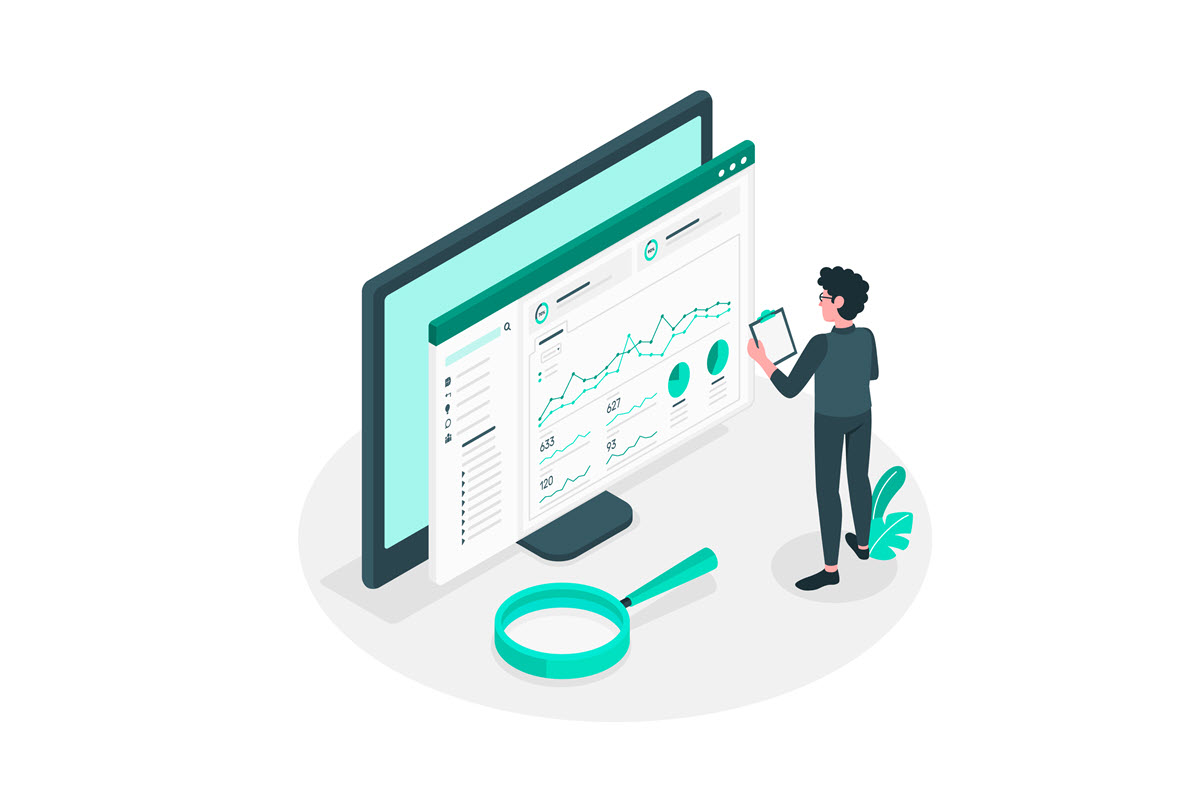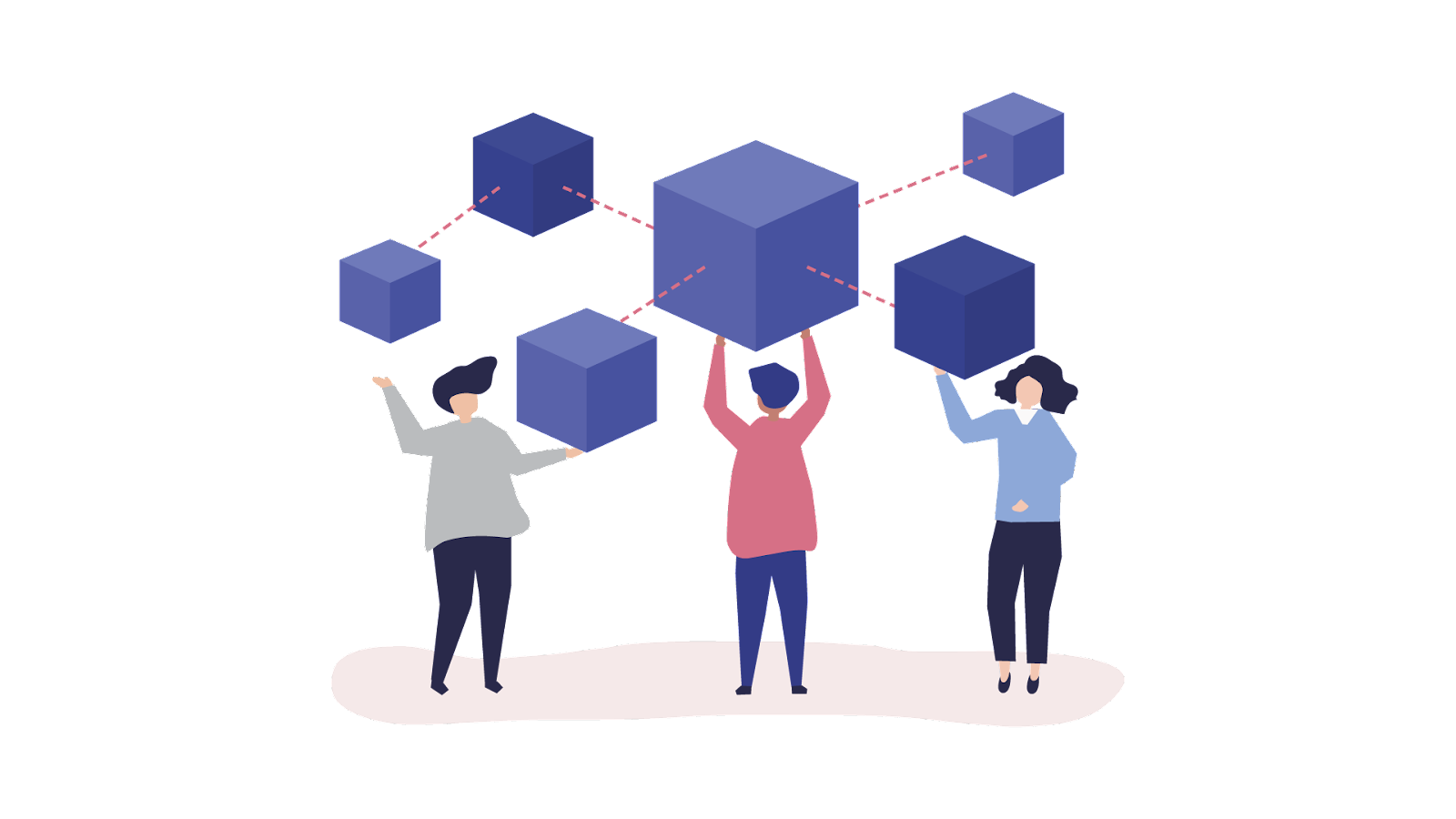Is the traditional APM approach helping or stalling your operations?
- Nov 29, 2023
- Blogs
- 5 min read
Is your organization facing the challenges of monitoring complex multi-party digital journeys and distributed deployments?
Are your traditional Application Performance Monitoring (APM) tools failing to meet your expectations in terms of reducing Mean Time to Detect (MTTD) and Mean Time to Resolve (MTTR)?
Are customer satisfaction levels plummeting because issues aren’t being detected or resolved promptly?
If so, keep reading, as this blog is for you.
Certainly, distributed cloud-based architectures can present unique challenges for traditional Application Performance Management (APM) solutions.
Challenges of Traditional APM Solutions
1. Limited Visibility Across Microservices: In a microservices-based architecture, applications are broken down into smaller, independently deployable services. Traditional APM tools may struggle to provide a holistic view of the entire application, as they are designed for monolithic applications. This limited visibility can hinder troubleshooting and root-cause analysis.
2. Sampling-Based Data: Typically APM solutions use sampling to collect data, which means they may not capture every transaction or event. In cases where an issue occurs infrequently or unpredictably, the sampled data may not include the relevant information, causing a delay in detection.
3. Scalability Challenges: Distributed cloud environments can scale dynamically in response to workload fluctuations. Traditional APM tools may not scale as seamlessly, causing performance bottlenecks and rendering them less effective in monitoring and managing large and dynamic workloads.
4. Complexity of Service Discovery: Distributed architectures often rely on service discovery mechanisms to locate and communicate with microservices. APM tools may struggle to keep up with the changing nature of these services, leading to difficulties in tracking and monitoring.
5. Integration and Correlation Challenges: When organizations deploy applications across multiple cloud providers or hybrid cloud environments, APM solutions may face interoperability and data integration issues, limiting their effectiveness in providing comprehensive insights. Correlating data from various sources and understanding the cause-and-effect relationships between services in different silos can be challenging.
6. Lack of Business-Centric Context: APM tools may provide data on performance metrics, but they may not always offer the necessary contextual information to understand the business impact of an issue. This can lead to delays in issue detection and resolution.
To address these challenges, organizations are increasingly turning to observability solutions designed for modern, distributed cloud-based architectures. These solutions offer enhanced flexibility, scalability, and the ability to provide real-time, holistic insights into complex systems, making them better suited to the demands of modern cloud-native applications. Further, business journey observability provides a new paradigm for customer-centric observability, by juxtaposing business data on customer journeys, leading to richer operational dashboards and driving transparency across the ecosystem of stakeholders.
Questions to ask before you shift to Observability
What level of service visibility are you looking at?
APM gives you a bottom-up view of your system, with detailed functional call-level breakdown, alongside logs, events, metrics, and traces gathered from various infrastructure components. It also relies heavily on sampling, which means that troubleshooting is performed based on a system snapshot and not the whole data.
Observability relies on a top-down approach, focusing on the business impact on system health, supporting component-level analysis and triggering real-time system views on non-sampled data to facilitate troubleshooting.
Do you need to calculate latency based on asynchronous function calls?
APM supports primarily synchronous function calls, where requests and responses occur sequentially.
Observability platforms support the monitoring of synchronous and asynchronous function calls, like the ones frequently encountered in today’s interconnected multi-API ecosystems, and calculate the latency truly experienced by the end user.
Are intrusive agents permitted in your environment?
The success of any APM hinges upon the deployment of intrusive agents or instrumentation agents, which play a crucial role in monitoring and collecting data about the performance of an application. These agents are embedded directly into the application’s code or runtime environment. Their primary role is to provide code-level visibility into the application, enabling APM tools to pinpoint the specific lines of code or methods where performance bottlenecks, errors, or exceptions occur. They also play a crucial part in transaction tracing.
Observability platforms typically use a non-intrusive approach to gather data about the performance and behaviour of systems and applications. Non-intrusive observability monitors and collects data without directly modifying or instrumenting the application’s code or runtime environment. Instead, it relies on various methods to collect data, including system-level data, logs, metrics, and traces, without requiring changes to the application itself. This approach reduces performance overhead and deployment complexity.
Is your monitoring solution expected to massively scale?
If yes, then APM is not for you. As your application scales dynamically, APM tools cannot scale seamlessly and will impact system performance. To avoid performance bottlenecks, they will have to restrict themselves to sampling at high volumes.
Observability platforms, on the other hand, are designed for dynamic workloads and incur no overhead with the increase in workload volumes. They are designed to scale horizontally and can capture all transactions even at high volumes using Big Data and streaming analytics.
Is your primary objective to accelerate and ultimately automate root cause analysis (RCA)?
Traditional APM tools hinge on static thresholds for system parameters, leading to alert storms, including some false positives. These alerts necessitate manual examination and correlation efforts to identify potential root causes. This process involves multiple teams and places undue pressure on L1, L2, and, ultimately, customer support teams.
Observability platforms use intelligent techniques to automate the correlation of anomalous events across the system stack and enable L1 teams to triage issues and take timely action without the drudgery of manual correlation. Business Journey Observability facilitates the traceability of individual transactions across silos and empowers teams to handle customer complaints more effectively.
What level of customization would you need for the solution to work in your environment?
APM tools require intrusive agents for code-level instrumentation, which means every deployment has to be customized according to the environment and platform, which in turn requires expensive professional services, leading to the traditional build vs. buy conundrum.
Observability platforms, on the other hand, seamlessly create custom adapters, storyboards, and alerts through OEM-led implementation.
We hope the above comparison equips you to make an informed choice regarding the shift from a conventional APM approach to an Observability-centric implementation. This transition is instrumental in aligning your enterprise with the ever-evolving landscape of distributed application deployments, fostering operational excellence, driving better business outcomes, and enhancing customer experience. If you have inquiries about navigating this transition seamlessly, please don’t hesitate to contact us at [email protected].












